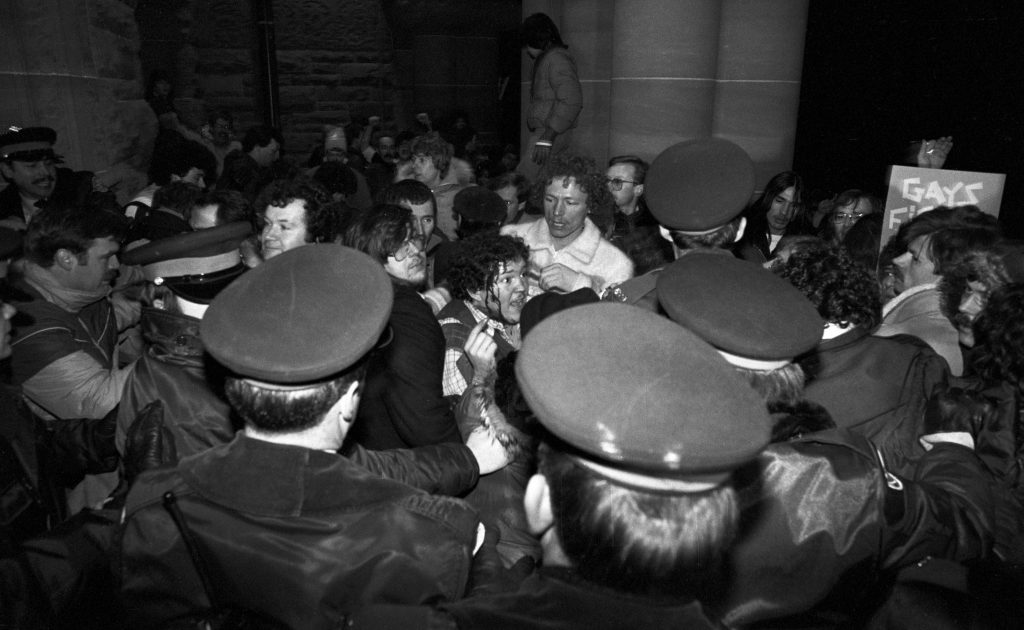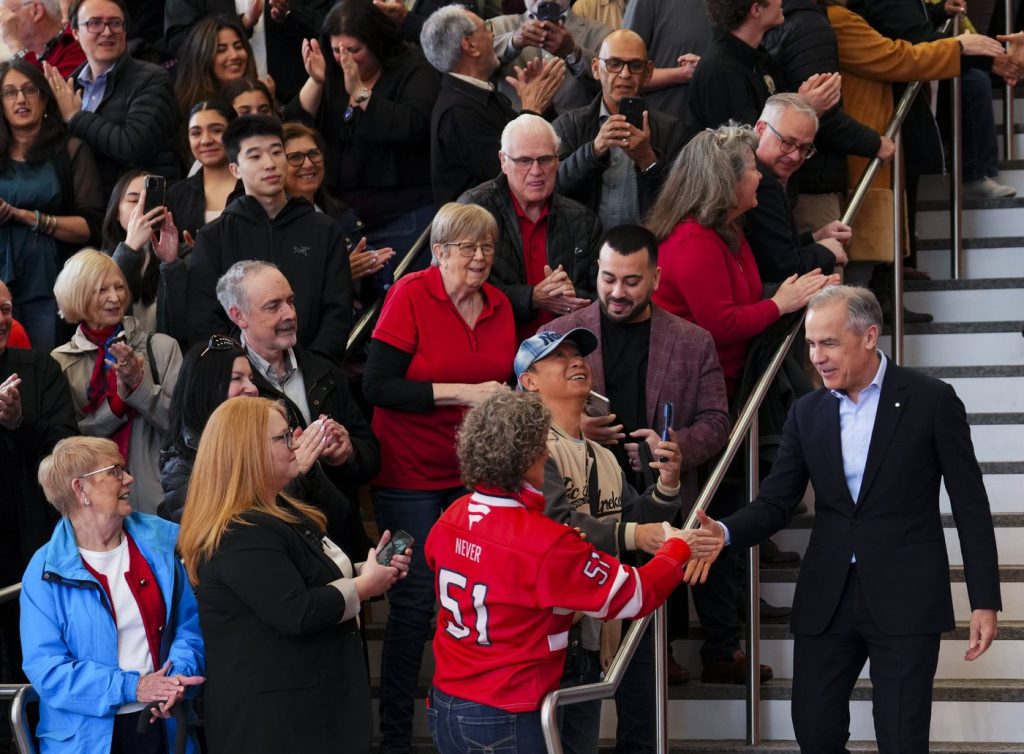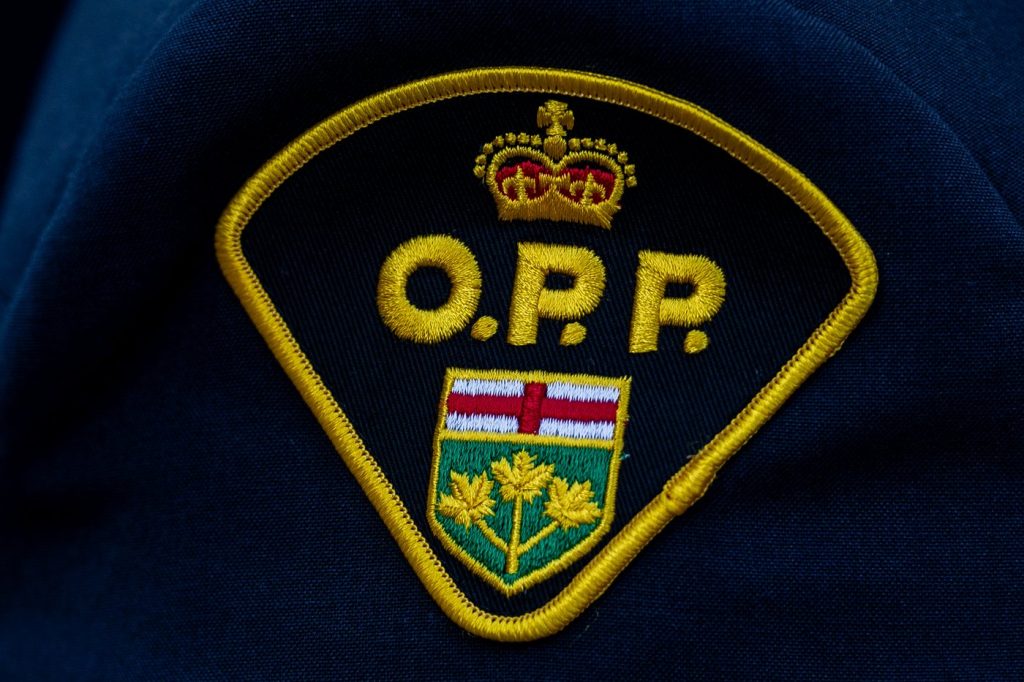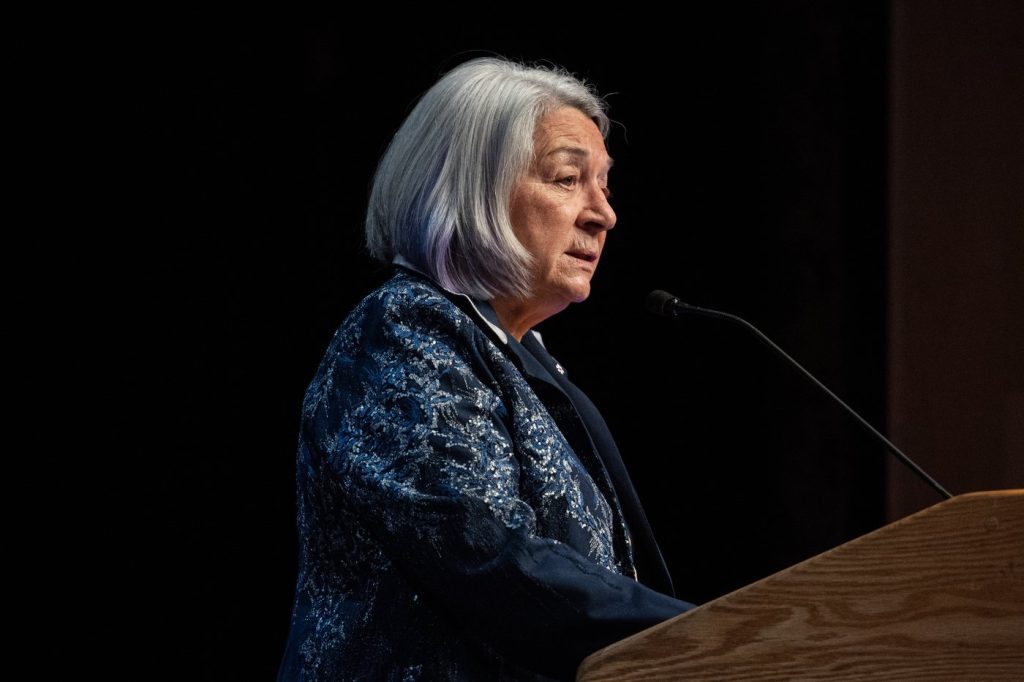40 years ago: Toronto bathhouse raids catalyst for city’s gay pride movement

Posted February 5, 2021 5:46 am.
Last Updated February 5, 2021 5:48 am.
February 5th, 1981 was a night that set in motion major changes across the city, galvanizing Toronto’s gay community to fight for their rights and find a political voice.
Dubbed “Operation Soap,” a six month investigation by police into alleged sex work and other “indecent acts” culminated in raids at four separate Toronto bathhouses. At 11 p.m. officers used fists and crowbars to enter the Romans II Health and Recreation Spa, Club Toronto, the Richmond Street Health Emporium, and the Barracks, all of which had been operating for months or years before the raids.
Newspaper accounts at the time describe police barging into private rooms and dragging occupants into communal lobbies or police cars, sometimes draped only in towels.
Nearly 300 men were charged for being found in a common bawdy house while others were charged for operating a bawdy house. At the time, it was the largest single arrest in Toronto’s history.
Tim McCaskell, a gay rights activist, was there the night of the raids.
“Police had arrived with crowbars and sledgehammers and were basically ripping things apart and knocking down doors,” he told CityNews’ Audra Brown back in 2016 for a story marking the 35th anniversary of the raids.
“It wasn’t as if the places had ever been considered illegal before and suddenly they were being charged with the offense of being found in a common bawdy house. Most people had no idea what a bawdy house was.”
REWIND: Videographer Audra Brown with how the infamous bathhouse raids set the local Pride movement in motion.

While more than 90 per cent of the charges were dropped in years to come, the raids proved devastating as the names and photos of closeted gay men were splashed across the media, leading to lost jobs and damaged relationships.
The raids triggered an instant backlash as close to 3,000 marchers took to the streets the following day to protest police persecution of the gay community.
“We had policeman, shoulder-to-shoulder, with batons and there was this very intense standoff with people screaming at them,” recalled McCaskell.

The rallies that night and subsequent protests ended up being the catalyst for Toronto’s gay pride movement in much the same way the 1969 Stonewall riots in New York City helped the gay rights movement in the United States.
“It was decided it would be good to hold something in the day, it would be more family friendly, that people could come out to who went into confronting the police,” McCaskell explained.
Today people come from around the world come for Toronto Pride, especially to attend the pride parade which had included police up until 2017. That year, uniformed officers were barred from walking in the parade over concerns of racial profiling. In subsequent years, tensions between police and the LBGTQ community were further inflamed following the arrest of accused serial killer Bruce McArthur and the criticism that police did not take the disappearances of several men missing from the city’s gay village seriously.
In June 2016, on the 35th anniversary of the raids, then-police chief Mark Saunders expressed “regrets” on behalf of the Toronto Police Service for its role in the raids.
“It is also an occasion to acknowledge the lessons learned about the risks of treating any part of Toronto’s many communities as not fully part of society,” said Saunders. “The lessons from that period have continuing relevance for the creation of a more inclusive city.”
Files from The Canadian Press were used in this report








